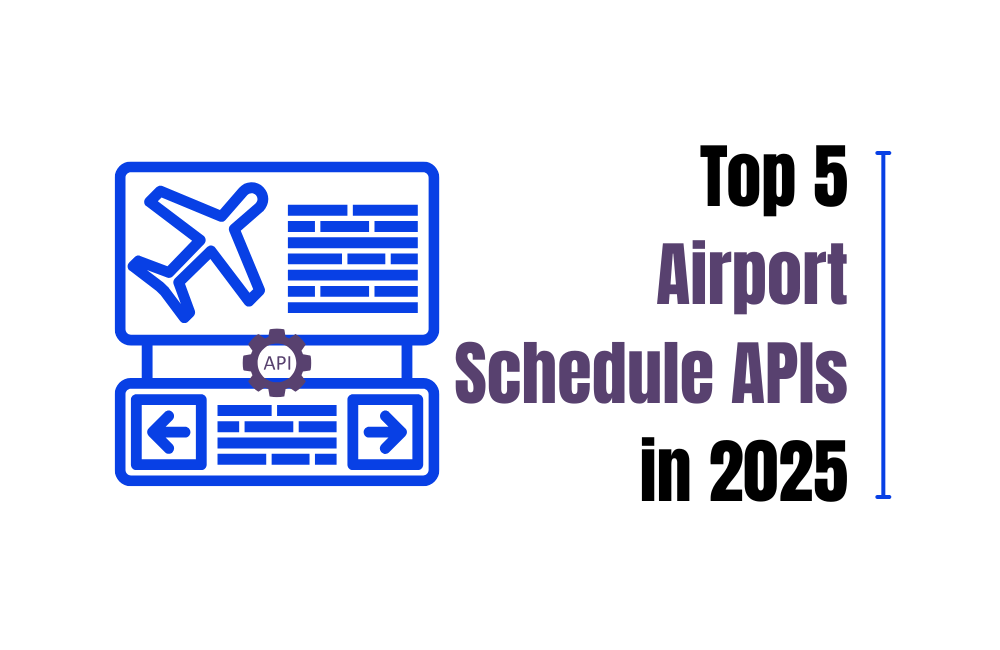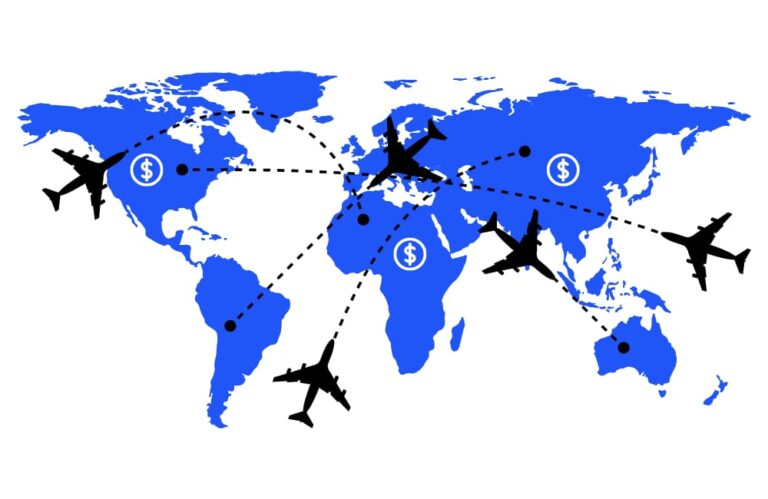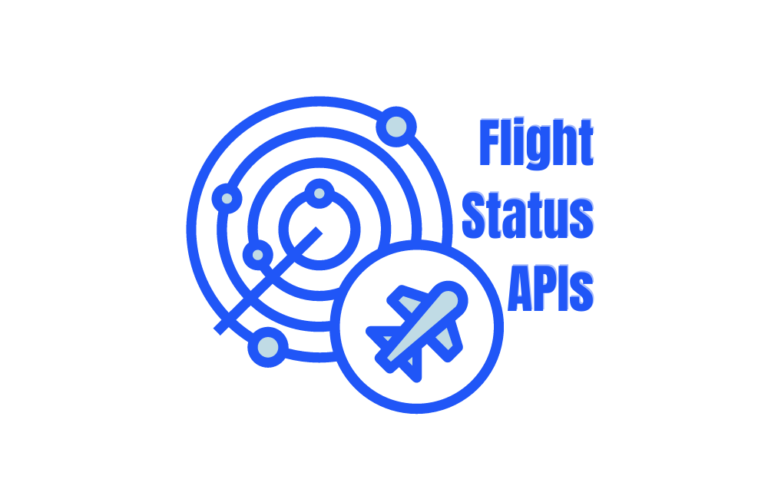Top 5 Airport Schedule APIs in 2025
Looking for an airport schedule API that provides you the accurate data? That’s where things get tricky.
A good airport schedule API gives you what you’d expect: flight numbers, airline names, arrival and departure times, and current status like “scheduled” or “delayed.” But some go further, including gate and terminal info, aircraft model codes, airport coordinates, timezone data, and even links to public sources like Wikipedia or airport images — all in one structured response.
If you’re working with arrivals or departures and need more than just a timestamp and a flight number, these advanced APIs are worth a closer look.
To make your search easier, we’ve listed the Top 5 Airport Schedule APIs in 2025, based on accuracy, data depth, and ease of use.
Here’s what stands out.
1. FlightAPI
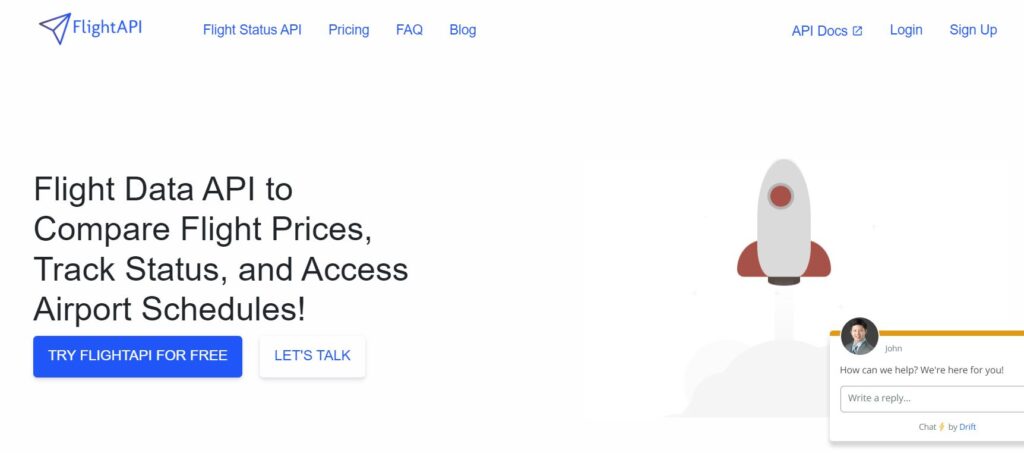
The Airport Schedule API from FlightAPI offers structured access to flight schedules for any airport, with support for both arrivals and departures. It pulls flight data from the last two days to three days ahead, or up to a 10-day window if no specific date is passed. The data includes flight numbers, status, departure and arrival times, airline info, and even aircraft codes.
Each response also provides detailed airport metadata like IATA and ICAO codes, location coordinates, timezone info, elevation, and optional links to Wikipedia and image sources. It’s useful if you’re adding contextual or location-based elements.
To fetch data, you only need a few required parameters: your API key, the airport’s IATA code, and the mode (arrivals or departures). There’s also an optional day parameter to customize your date range.
Documentation: Airport Schedule API Docs
If you’re a no-code developer or prefer working with spreadsheets, you can also use the API directly inside Google Sheets. Check out this quick walkthrough 👉 Get Airport Schedule Using Google Sheets and API

Other APIs FlightAPI offers:
- Flight Price API – Compare flight prices across multiple vendors
- Flight Status API – Get real-time departure and arrival data
2. Aviyair

Aviyair’s Current Airport Schedules API provides real-time access to live airport timetable data. With just two required fields — the airport IATA code and schedule type (arrival or departure) — you can pull live schedule updates directly into your application or system.
The API supports over 20 optional filters to narrow results, including airline, terminal, gate, status, flight number, delay duration, and more. It returns all key timetable data like scheduled, estimated and actual times, terminal/gate info, airport IATA/ICAO codes, airline identifiers, flight status, and codeshare details when available.
Developers can also combine this with Aviyair’s future schedules API to enrich responses with common aircraft model data per flight number. The JSON REST structure is designed to work across modern languages, including JavaScript, Python, PHP, and others.
Documentation: Aviyair Current Airport Schedules API
3. GoFlightLabs
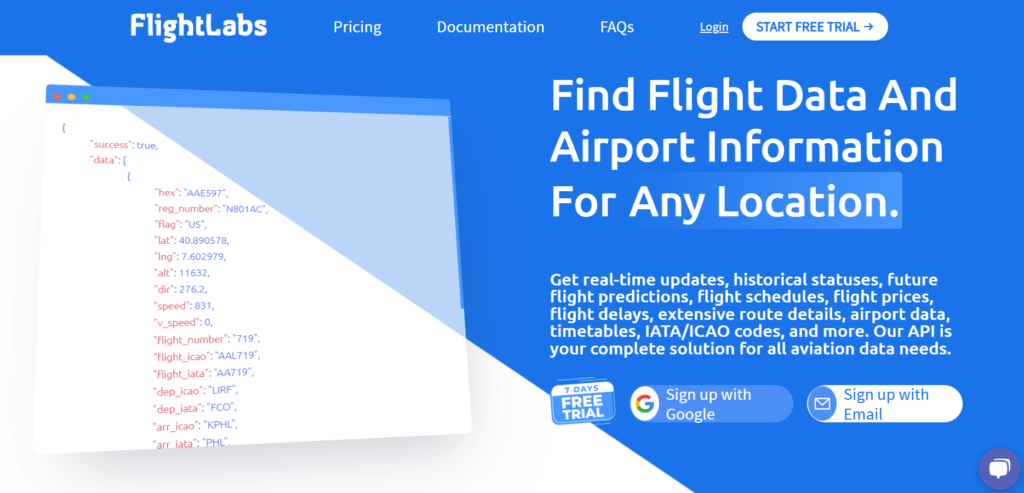
GoFlightLabs provides an airport schedule API that returns real-time departure and arrival data based on the airport’s IATA code. You can set the schedule type as either departure or arrival, and add filters like airline, flight number, or timestamps to narrow things down.
Each response includes the essentials — flight number, airline codes, terminals, gates, scheduled times, and current status. You also get timestamps for estimated and actual events, delay durations, and aircraft ICAO codes. Baggage carousel info and codeshare identifiers show up when available.
The API is delivered in JSON format and includes both local and UTC timestamps for time-based tracking.
Documentation: GoFlightLabs Flights Schedules API
4. SITA

SITA offers a Flight Schedule API built for global aviation data needs, providing access to scheduled flights between airports, including future flight details. The API is designed to work with both city and airport codes (IATA), making it flexible for a variety of schedule-based applications.
The output typically includes flight numbers, airline details, departure and arrival airports, scheduled times, and frequency of service. It’s suitable for displaying available flight connections, planning logistics, or integrating schedule insights into aviation platforms.
This API focuses on scheduled data rather than real-time updates. It is an ideal API when you’re building around published timetables rather than tracking live statuses.
Documentation: SITA Flight Schedule API
5. AviationStack
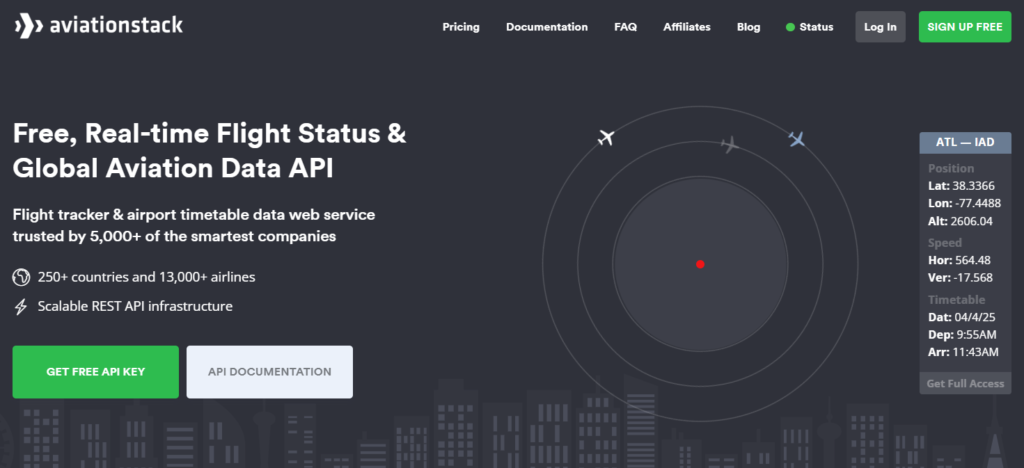
AviationStack provides a flight data API that includes both real-time and historical schedule information. With support for global airports and airlines, the API lets you pull live departure and arrival data using airport IATA codes, along with key details for each flight.
Each response includes flight number, airline info, status (like active, delayed, cancelled), scheduled and estimated times, terminals and gates (when available), as well as airport codes for both origin and destination. Aircraft type data and timestamps in both local and UTC formats are also included.
You can query by airport, airline, flight number, or date which makes it flexible enough for tracking schedules or building real-time flight boards.
Documentation: AviationStack API Docs
Conclusion:
Airport schedule APIs vary in how much data they offer and how easy they are to work with.
Whether you need real-time departures, future schedules, or historical records, the right tool depends on your use case. The five listed here cover a solid range of features, formats, and filtering options.
Explore the docs, test a few endpoints, and choose the one that fits your workflow best.

